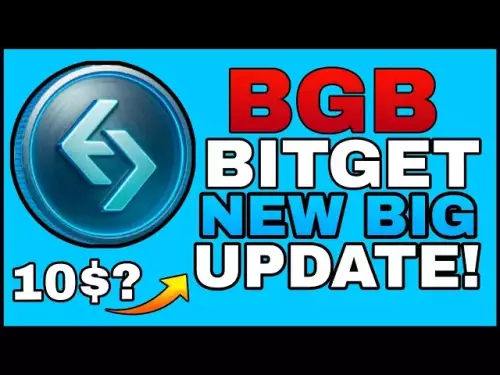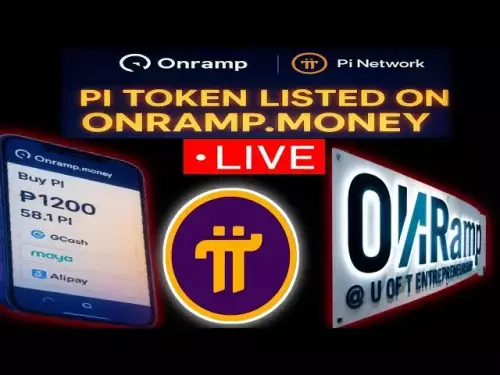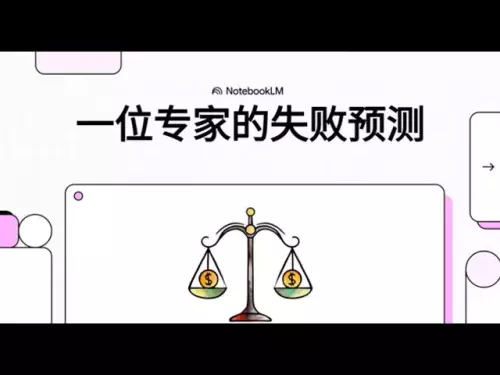-
 Bitcoin
Bitcoin $110500
1.21% -
 Ethereum
Ethereum $4269
-1.99% -
 Tether USDt
Tether USDt $1.000
-0.01% -
 XRP
XRP $2.806
1.58% -
 BNB
BNB $848.8
0.12% -
 Solana
Solana $205.0
2.71% -
 USDC
USDC $0.9999
-0.01% -
 TRON
TRON $0.3365
-0.15% -
 Dogecoin
Dogecoin $0.2108
-0.78% -
 Cardano
Cardano $0.8178
0.95% -
 Chainlink
Chainlink $22.95
0.73% -
 Hyperliquid
Hyperliquid $43.95
-0.16% -
 Ethena USDe
Ethena USDe $1.001
0.01% -
 Bitcoin Cash
Bitcoin Cash $582.9
6.50% -
 Sui
Sui $3.253
0.97% -
 Stellar
Stellar $0.3594
1.28% -
 Avalanche
Avalanche $23.77
1.08% -
 Hedera
Hedera $0.2137
-1.08% -
 UNUS SED LEO
UNUS SED LEO $9.532
-0.57% -
 Cronos
Cronos $0.2497
-6.91% -
 Litecoin
Litecoin $109.8
0.63% -
 Toncoin
Toncoin $3.146
0.29% -
 Shiba Inu
Shiba Inu $0.00001231
1.40% -
 Polkadot
Polkadot $3.748
0.45% -
 Uniswap
Uniswap $9.423
0.26% -
 Bitget Token
Bitget Token $5.073
8.32% -
 World Liberty Financial
World Liberty Financial $0.2231
2.87% -
 Dai
Dai $0.9998
0.00% -
 Monero
Monero $263.0
0.88% -
 Aave
Aave $311.6
1.13%
How do you participate in a project's governance?
Blockchain governance empowers token holders to vote on protocol changes, with participation shaping project direction through proposals, debates, and on- or off-chain voting.
Sep 02, 2025 at 09:01 pm

Understanding Governance in Blockchain Projects
1. Governance in blockchain ecosystems allows token holders to influence the direction and policies of a project. This decentralized decision-making process replaces traditional top-down management structures. Participants can vote on upgrades, funding allocations, protocol changes, and community proposals. The power is distributed among users who hold governance tokens, ensuring a more democratic and transparent system.
2. Each project structures its governance model differently. Some use on-chain voting where decisions are recorded directly on the blockchain, ensuring immutability and transparency. Others rely on off-chain signaling through forums or snapshot votes, which are later implemented by core developers if consensus is reached. Understanding the specific mechanism of a project is essential before engaging in governance activities.
3. Governance tokens are typically distributed through liquidity mining, airdrops, or direct purchases. Holding these tokens grants voting rights proportional to the amount held. Projects like MakerDAO, Uniswap, and Compound have established governance systems where users actively debate and vote on key initiatives.
4. Active participation goes beyond voting. Users contribute by drafting proposals, engaging in community discussions, and reviewing technical documentation. A well-functioning governance system depends on informed and involved participants rather than passive token holders.
How to Acquire Voting Power in a DAO
1. To participate in governance, users must first obtain the project’s native governance token. This can be done by providing liquidity on decentralized exchanges, participating in yield farming, or purchasing the token on secondary markets. The quantity of tokens held directly affects voting weight.
2. Some projects implement ve-token models, such as Curve’s veCRV, where users lock tokens for a period to gain enhanced voting power and additional rewards. Long-term commitment is incentivized through such mechanisms, aligning participants with the project’s sustained success.
3. Token delegation is another key feature. Users who do not wish to vote directly can delegate their voting power to trusted community members or experts. This maintains decentralization while enabling more informed decision-making without requiring every holder to be technically proficient.
4. Projects often require a minimum token threshold to submit a formal proposal. For example, Uniswap requires 10 million UNI tokens to initiate a governance proposal. This prevents spam and ensures that only serious contributors can drive major changes.
Engaging in the Proposal Process
1. The first step in influencing governance is identifying areas for improvement or innovation within the protocol. This could include adjusting fee structures, integrating new assets, or allocating treasury funds for development grants.
2. Drafting a proposal involves outlining the problem, suggesting a solution, and providing technical or economic justification. Many projects use platforms like Discourse or GitHub to host discussions and gather feedback before formal submission.
3. Once a proposal gains community support, it moves to a formal vote. On-chain votes are executed through smart contracts, with results automatically enforced if the proposal passes. Off-chain votes serve as sentiment indicators and may require developer intervention for implementation.
4. Monitoring vote outcomes and understanding the reasons behind community decisions helps participants refine future proposals. Transparency in voting records allows for accountability and continuous improvement in governance quality.
Common Challenges in Decentralized Governance
1. Voter apathy is a widespread issue. Despite holding tokens, many users do not participate in votes, leading to low turnout and potential centralization of power among large stakeholders.
2. Complexity deters participation. Technical proposals often require deep understanding of blockchain mechanics, limiting engagement to a small subset of knowledgeable users.
3. Sybil attacks and vote manipulation are risks in systems without proper safeguards. Projects employ measures like quadratic voting or reputation-based systems to mitigate unfair influence.
4. Governance attacks have occurred where attackers temporarily acquire large token amounts to sway votes. This highlights the need for robust security and long-term alignment mechanisms in governance design.
Frequently Asked Questions
What is the difference between on-chain and off-chain governance?On-chain governance executes votes directly through smart contracts, making outcomes automatically enforceable. Off-chain governance relies on external platforms for discussion and voting, with results guiding manual implementation by developers.
Can I vote without holding governance tokens?No, voting rights are typically tied to token ownership. However, some projects allow non-token holders to participate in discussions and influence decisions through community engagement.
How are governance proposals implemented after a vote?If a proposal passes, core developers or designated multisig wallets execute the changes. This may involve deploying new smart contracts, adjusting parameters, or releasing funds from the treasury.
What happens if a governance vote fails?A failed vote means the proposal is rejected. Supporters may revise the proposal based on feedback and resubmit it in the future. No changes are implemented unless the vote succeeds.
Disclaimer:info@kdj.com
The information provided is not trading advice. kdj.com does not assume any responsibility for any investments made based on the information provided in this article. Cryptocurrencies are highly volatile and it is highly recommended that you invest with caution after thorough research!
If you believe that the content used on this website infringes your copyright, please contact us immediately (info@kdj.com) and we will delete it promptly.
- Stablecoin Showdown: South Korea's Institutional Crypto Race
- 2025-09-03 02:45:12
- Bitcoin Price Prediction, Pepeto Buy: Navigating the Crypto Hype
- 2025-09-03 02:45:12
- PTB Tokenomics: Redefining DeFi Adoption and Value Capture
- 2025-09-03 03:05:12
- AI, XRP, and Predictions: Decoding the Crypto Crystal Ball
- 2025-09-03 03:05:12
- Trump Media, Cronos Crypto, and the Treasury: A New Era?
- 2025-09-03 02:30:12
- Solana's Alpenglow Upgrade: Is SOL About to Leave ETH in the Dust?
- 2025-09-03 03:16:16
Related knowledge

How do you participate in a project's governance?
Sep 02,2025 at 09:01pm
Understanding Governance in Blockchain Projects1. Governance in blockchain ecosystems allows token holders to influence the direction and policies of ...
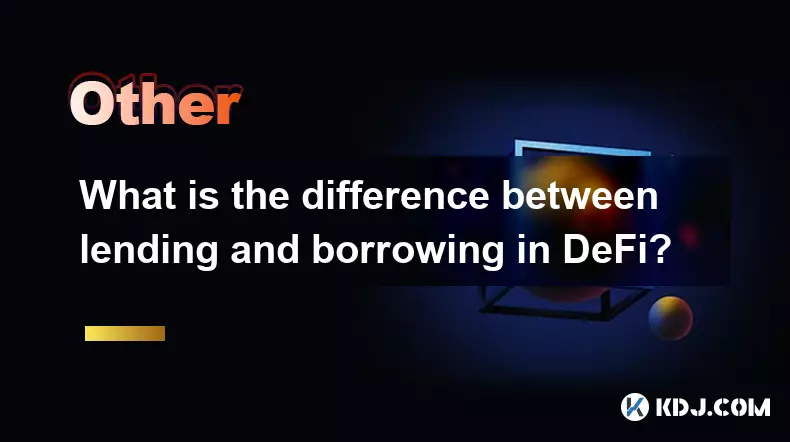
What is the difference between lending and borrowing in DeFi?
Sep 03,2025 at 12:00am
Understanding DeFi Lending Mechanisms1. DeFi lending allows users to supply their crypto assets to a liquidity pool in exchange for interest payments....
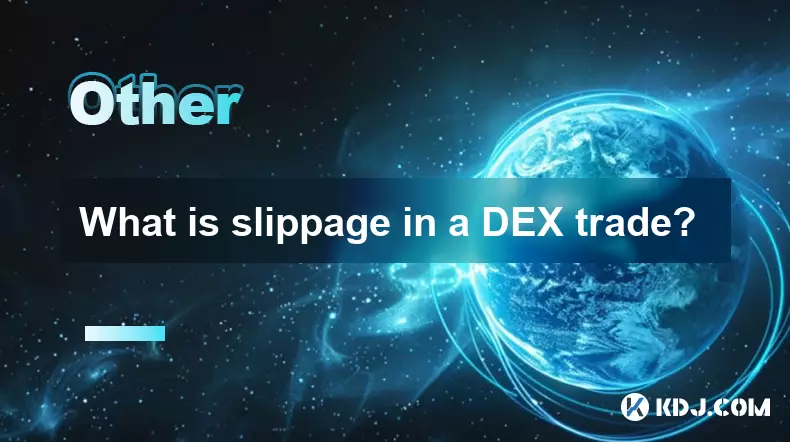
What is slippage in a DEX trade?
Sep 02,2025 at 06:18pm
Understanding Slippage in Decentralized Exchanges1. Slippage refers to the difference between the expected price of a trade and the actual price at wh...
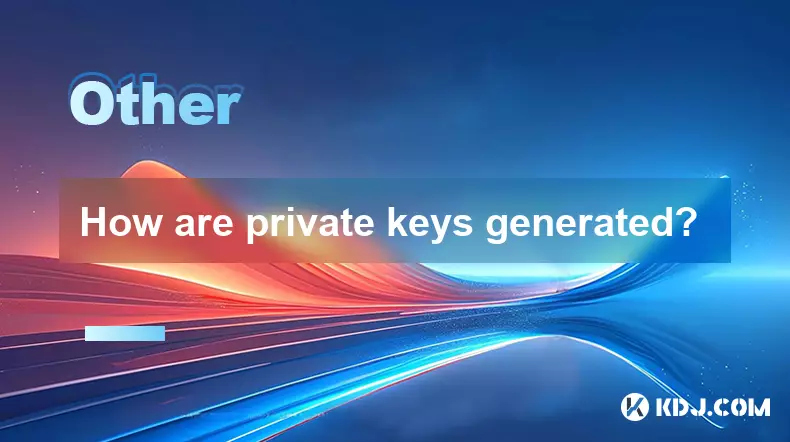
How are private keys generated?
Sep 02,2025 at 10:00pm
Understanding the Basics of Private Key Generation1. Private keys in the cryptocurrency world are generated using cryptographic algorithms designed to...
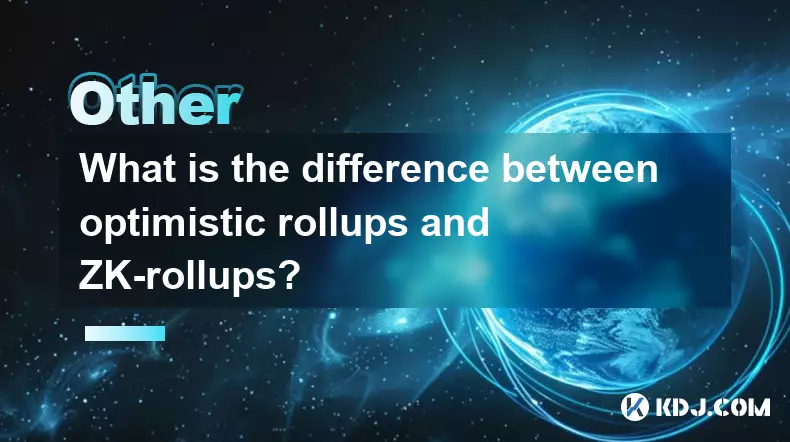
What is the difference between optimistic rollups and ZK-rollups?
Sep 03,2025 at 02:18am
Understanding Layer-2 Scaling Solutions in the Blockchain EcosystemBlockchain networks like Ethereum face persistent challenges related to scalability...
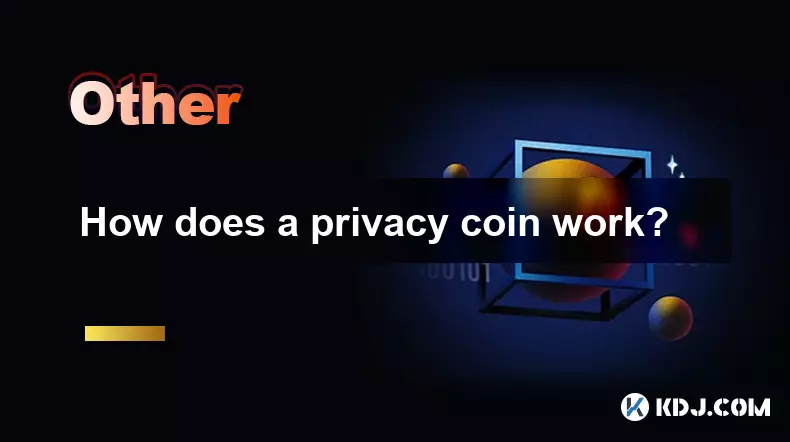
How does a privacy coin work?
Sep 02,2025 at 10:36pm
Understanding the Mechanics of Privacy Coins1. Privacy coins are designed to obscure transaction details on a blockchain, making it difficult to trace...

How do you participate in a project's governance?
Sep 02,2025 at 09:01pm
Understanding Governance in Blockchain Projects1. Governance in blockchain ecosystems allows token holders to influence the direction and policies of ...

What is the difference between lending and borrowing in DeFi?
Sep 03,2025 at 12:00am
Understanding DeFi Lending Mechanisms1. DeFi lending allows users to supply their crypto assets to a liquidity pool in exchange for interest payments....

What is slippage in a DEX trade?
Sep 02,2025 at 06:18pm
Understanding Slippage in Decentralized Exchanges1. Slippage refers to the difference between the expected price of a trade and the actual price at wh...

How are private keys generated?
Sep 02,2025 at 10:00pm
Understanding the Basics of Private Key Generation1. Private keys in the cryptocurrency world are generated using cryptographic algorithms designed to...

What is the difference between optimistic rollups and ZK-rollups?
Sep 03,2025 at 02:18am
Understanding Layer-2 Scaling Solutions in the Blockchain EcosystemBlockchain networks like Ethereum face persistent challenges related to scalability...

How does a privacy coin work?
Sep 02,2025 at 10:36pm
Understanding the Mechanics of Privacy Coins1. Privacy coins are designed to obscure transaction details on a blockchain, making it difficult to trace...
See all articles





















![[Pycoin] PI Coin -Start introduction of practical use (emergency)?! Now .. 'Here' first you can use it first / How to accelerate mining #paikoin [Pycoin] PI Coin -Start introduction of practical use (emergency)?! Now .. 'Here' first you can use it first / How to accelerate mining #paikoin](/uploads/2025/09/02/cryptocurrencies-news/videos/pycoin-pi-coin-start-introduction-practical-emergency-accelerate-mining-paikoin/68b6ea848f2d1_image_500_375.webp)

